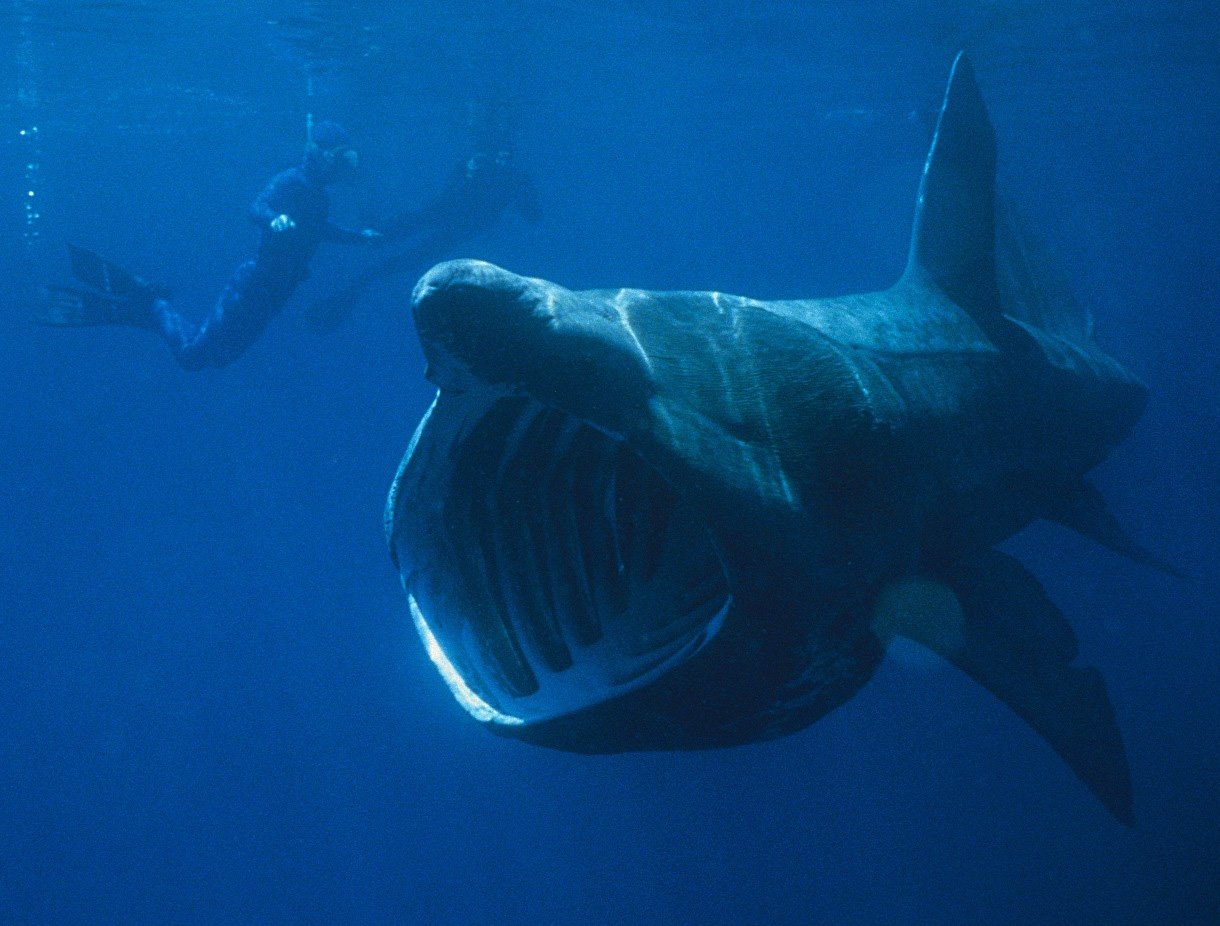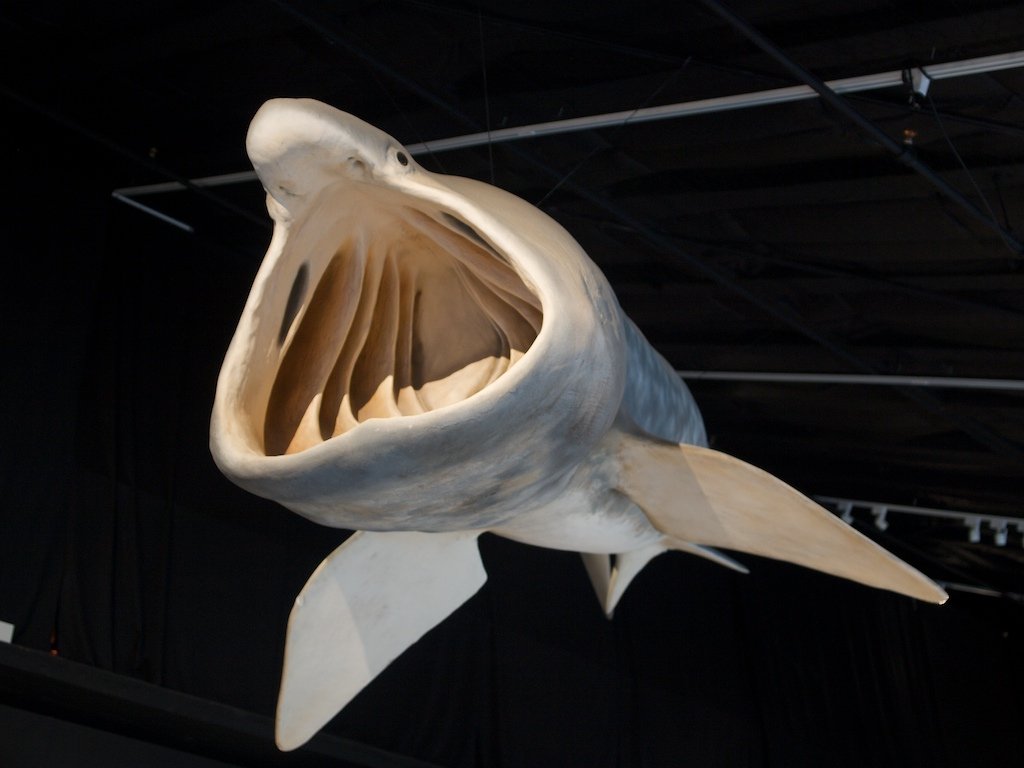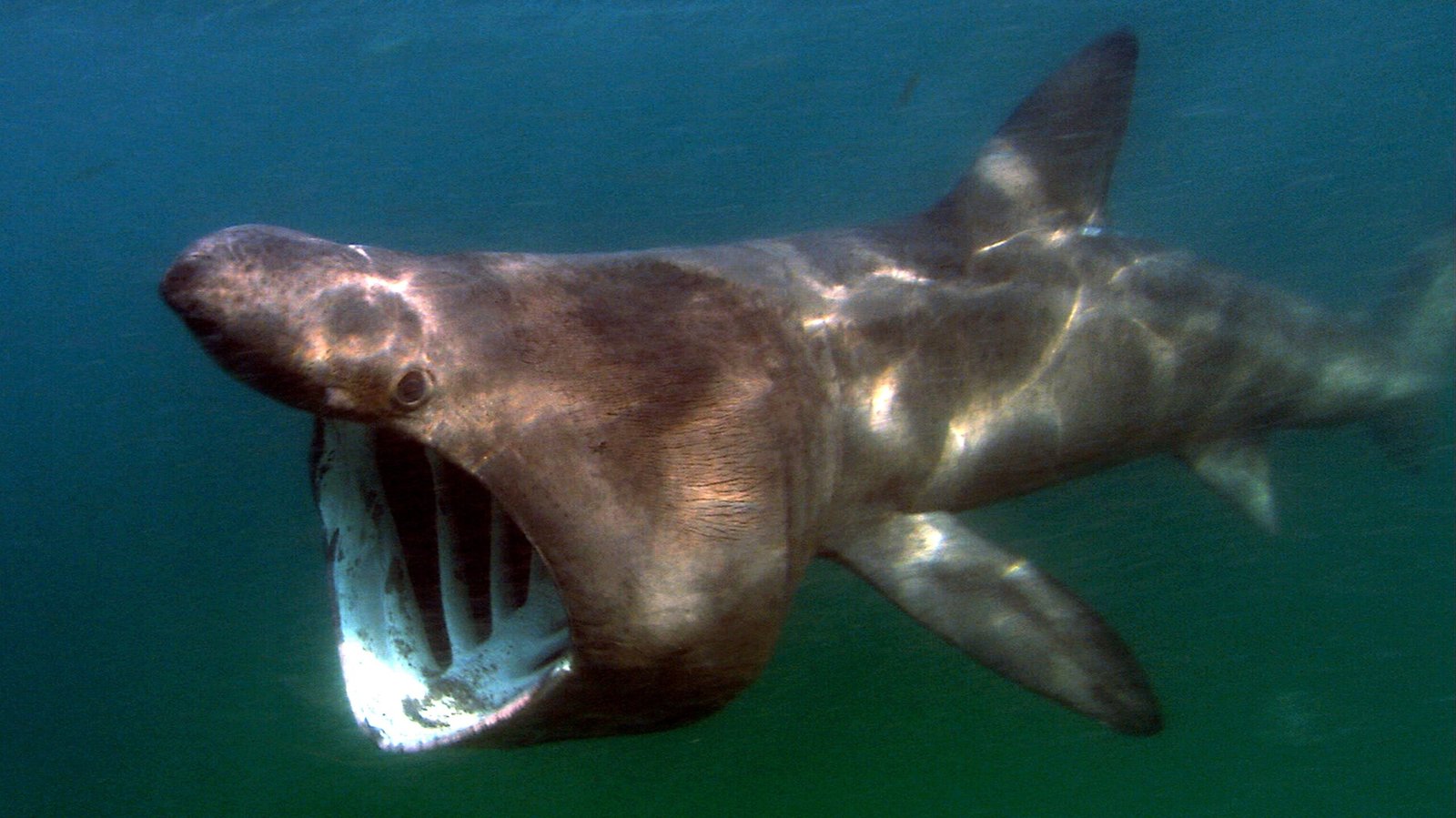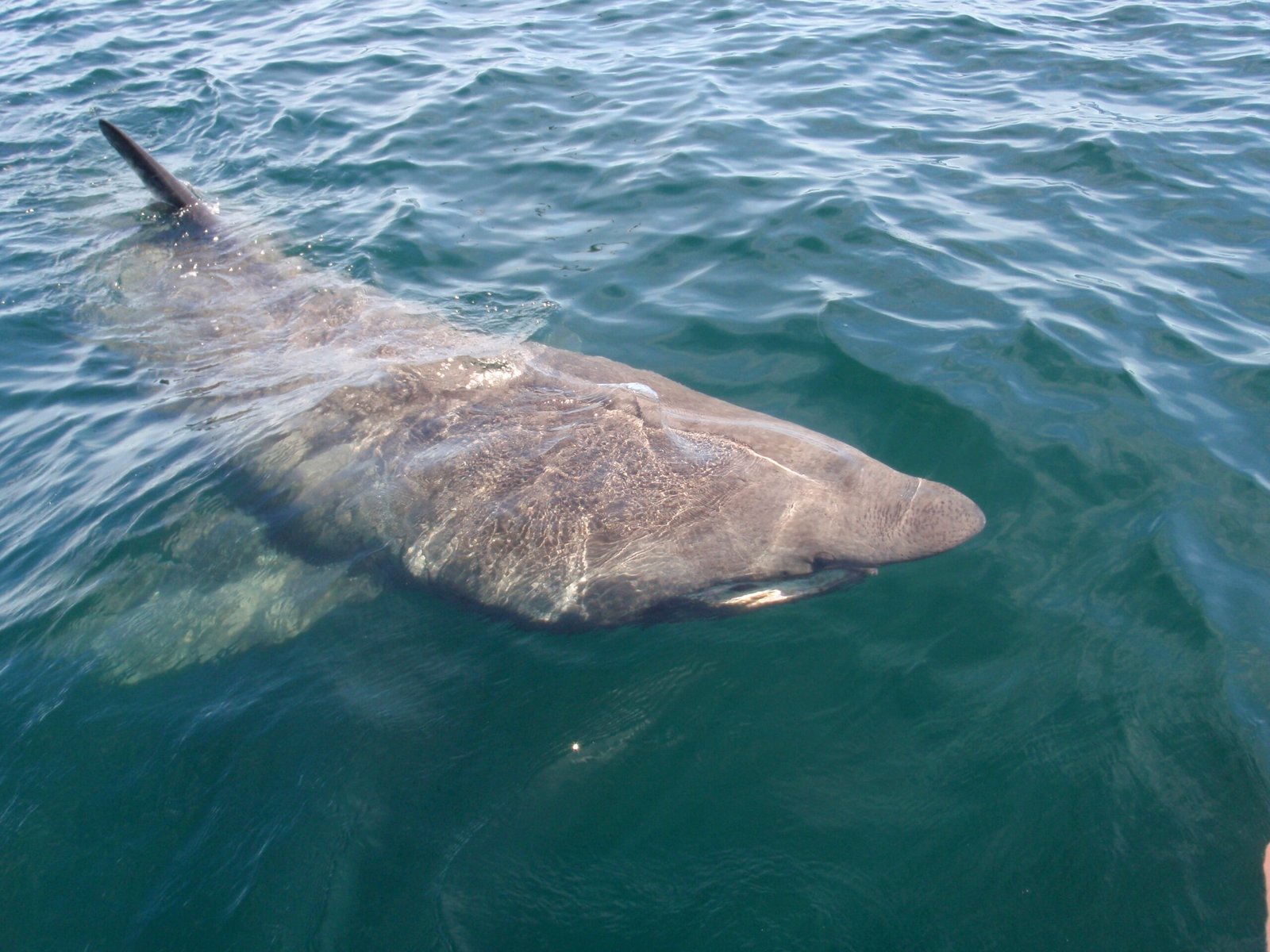It’s a sight that can send a shiver down your spine and fill your heart with awe all at once: the enormous, gaping mouth of a basking shark gliding just below the surface of the cold Atlantic, its shadow rippling across the emerald waters off Ireland’s coast. These colossal fish—second only to the whale shark in size—have long been shrouded in mystery, often spotted in fleeting glimpses before vanishing again into the blue. Yet, in recent years, a remarkable phenomenon has captured the attention of scientists, fishermen, and wildlife lovers alike: basking sharks are making a spectacular return to Irish seas. Their resurgence brings hope, wonder, and a cascade of questions about what’s drawing these gentle giants back and what it might mean for our planet’s delicate marine balance.
The Majestic Profile of the Basking Shark

Towering up to 12 meters in length, the basking shark is a true marvel of the ocean. Despite its intimidating size and cavernous mouth, this shark is a harmless filter-feeder, devouring only tiny plankton as it glides through the water with seemingly effortless grace. With its distinctive triangular dorsal fin and crescent-shaped tail, the basking shark is easy to spot for those lucky enough to catch a glimpse. Unlike their predatory relatives, basking sharks move with a slow, almost ghostly elegance, often traveling near the surface in search of food. The sight of their dorsal fins slicing through the waves can inspire both excitement and a deep sense of respect for these ancient creatures. For centuries, locals have shared stories of encounters with basking sharks, fueling both fascination and fear.
A Historical Perspective: Basking Sharks and Irish Heritage
Ireland’s relationship with basking sharks stretches back generations. In the early 20th century, these sharks were hunted heavily for their oil-rich livers, a practice that left populations decimated and sightings rare. Coastal communities in places like Achill Island and Donegal still recall the days when basking shark hunts were a seasonal event, and their massive bodies were hauled ashore to be rendered for oil and meat. Over time, as demand for shark products waned and protective measures were introduced, the sharks began to slip away from public consciousness. Their absence became a quiet reminder of the ocean’s vulnerability and the consequences of exploitation. Today, their return is more than just a biological event—it’s a poignant chapter in Ireland’s ongoing story of conservation and ecological recovery.
What Draws Basking Sharks to Irish Waters?

Every spring and early summer, as the Atlantic warms and plankton blooms surge, Irish coastal waters transform into a bustling buffet for basking sharks. Scientists believe that the abundance of plankton—tiny drifting organisms that form the base of the marine food web—is the primary magnet drawing these giants to the region. The nutrient-rich upwellings along the West Coast, from Kerry to Mayo, create ideal feeding grounds. Ocean currents, influenced by wind and temperature shifts, further concentrate these blooms, making Irish waters a prime destination. It’s a remarkable natural cycle: as the smallest creatures flourish, so too do some of the largest. This delicate balance highlights the interconnectedness of ocean life and the intricate dance that sustains it.
Tracking the Comeback: Recent Sightings and Surges

In recent years, reports of basking shark sightings around Ireland have surged, sparking excitement among marine biologists and citizen scientists alike. From the cliffs of Clare to the coves of Cork, boats, kayaks, and even drone cameras have captured breathtaking footage of these gentle giants cruising in small groups or solitary splendor. Some seasons have seen record numbers, with dozens—sometimes even hundreds—of sharks spotted in a single day. These gatherings, known as aggregations, are not only a spectacle for onlookers but also a vital opportunity for researchers to study basking shark behavior, migration patterns, and population health. The return of these sharks is often greeted with a sense of wonder, as if the sea itself is reclaiming a forgotten piece of its history.
Science Meets Mystery: What We Still Don’t Know

Despite their massive size and growing presence, much about the basking shark remains shrouded in mystery. Where do they go when they leave Irish waters? How do they navigate such vast distances? Recent satellite tagging projects have revealed surprising journeys, with some basking sharks traveling as far as the Canary Islands or even deeper into the Atlantic. Scientists are also puzzled by their breeding habits, as no one has ever witnessed basking sharks mating or giving birth in the wild. These unanswered questions fuel a sense of intrigue and drive the ongoing quest to unravel the secrets of these enigmatic creatures. Each new sighting offers a precious clue, a puzzle piece in the ever-evolving story of the ocean.
The Role of Conservation: Protecting the Gentle Giants
The comeback of basking sharks in Irish waters is a testament to the power of conservation. Legal protections, including the designation of the species as protected under Irish and European law, have played a crucial role in giving these sharks a fighting chance. Fishing bans, stricter regulations, and public awareness campaigns have helped reduce direct threats to their survival. Local advocacy groups and international organizations continue to push for the creation of marine protected areas, ensuring that critical feeding and migratory routes are safeguarded from human disturbance. The basking shark’s story reminds us that positive change is possible when people come together to protect what they value.
Citizen Science: The Public’s Role in Shark Monitoring
Ordinary people have become vital allies in the effort to understand and safeguard basking sharks. Through citizen science initiatives, anyone—from seasoned sailors to casual beachgoers—can report sightings, share photos, or log data through dedicated apps and websites. These community-driven efforts provide scientists with invaluable information about shark distribution, behavior, and seasonal trends. In many cases, the sheer enthusiasm of locals and tourists has led to the discovery of new hotspots and behaviors, turning conservation into a shared adventure. The collective excitement generated by a basking shark sighting can spark a lifelong fascination with marine life and foster a deeper connection to the ocean.
Climate Change: Friend or Foe?
As the planet warms, the fate of basking sharks hangs in a delicate balance. On one hand, rising sea temperatures could expand the range of plankton blooms, offering more feeding opportunities in some regions. On the other, shifting ocean currents, pollution, and acidification threaten to disrupt the intricate food web on which these sharks depend. Scientists are closely monitoring how climate change is influencing the timing and location of basking shark gatherings, as well as the overall health of the population. The story of the basking shark is a powerful reminder of how even the most ancient and resilient creatures are vulnerable to human-driven changes in the environment.
Inspiring Awe and Eco-Tourism
The return of basking sharks has ignited a wave of eco-tourism along Ireland’s Wild Atlantic Way. Local businesses now offer guided tours, promising visitors a chance to witness these magnificent animals up close—always with a strong emphasis on responsible, non-intrusive observation. The thrill of seeing a basking shark glide past your boat can be life-changing, deepening appreciation for marine life and inspiring a sense of stewardship. For many, the experience is not just about the sharks themselves, but about connecting with the wild, untamed beauty of Ireland’s coastline. Eco-tourism, when managed carefully, becomes a force for both economic growth and environmental protection.
The Future: Can the Comeback Last?
The resurgence of basking sharks is a fragile victory, one that requires constant vigilance and renewed commitment. Continued research, education, and international cooperation will be essential to ensure that these gentle giants are not driven away again by overfishing, habitat loss, or climate pressures. The dream is a future where basking sharks swim freely in Irish waters for generations to come—a living testament to the resilience of nature and the impact of human choices. The responsibility to protect these creatures does not rest with scientists alone, but with everyone who cherishes the wonders of the natural world.
A Call to Wonder: What Will You Do?

The sight of a basking shark gliding through Irish waters is more than just a rare wildlife encounter—it’s a stirring reminder of the ocean’s hidden magic and the power of renewal. Each dorsal fin breaking the surface is a symbol of hope, proof that even the most elusive giants can return when given a chance. Will we rise to the challenge and safeguard this gentle giant’s mysterious comeback?



